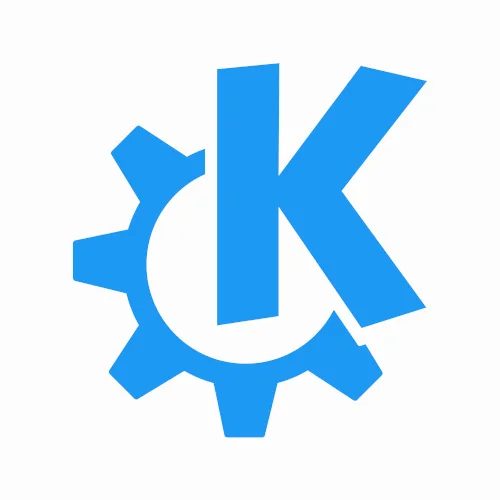Trinity Does New Release To Let KDE 3.5 Live Om

The Trinity Desktop Environment is designed to pick up where KDE 3.5 left off in keeping up with the KDE 3.5 branch development. There's been bug-fixes, new features, and other work to make KDE 3.5 more relevant in today's world. The version released today is Trinity 3.5.13.
The Trinity Desktop Environment project makes binaries available for Debian, Ubuntu, Fedora, Red Hat, Slackware, and other distributions.
For those interested in more information on Trinity Desktop 3.5.13, see the release documentation. Among the changes in 3.5.13 were porting more KDE components to building with CMake, the use of a "TQ" name-space within all modules/libraries/applications, bug-fixes, Qt glue libraries for select applications, and more. There's also interface enhancements for the Trinity Desktop Environment, including a new monitor and display module, enhanced GTK Qt theme engine, a new built-in Trinity X11 compositor, and more. KBookReader, KBusNotification, KMyMoney, and KStreamRipper have also become part of the Trinity software suite.
For those not interested in KDE3 but GNOME2, there is the Mate Desktop Environment that maintains a GNOME2 fork for those unsatisfied with the ways of GNOME3.
10 Comments

